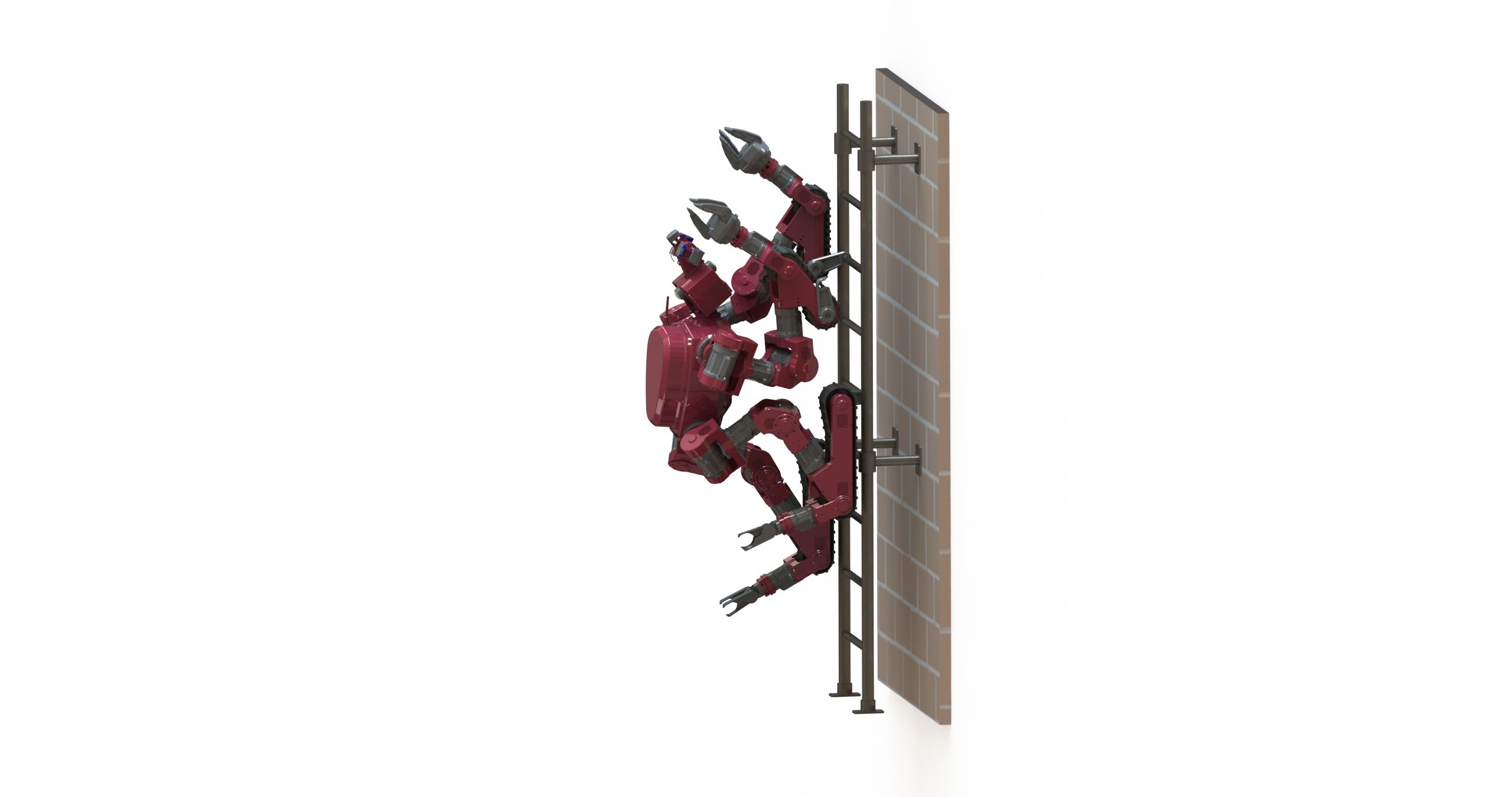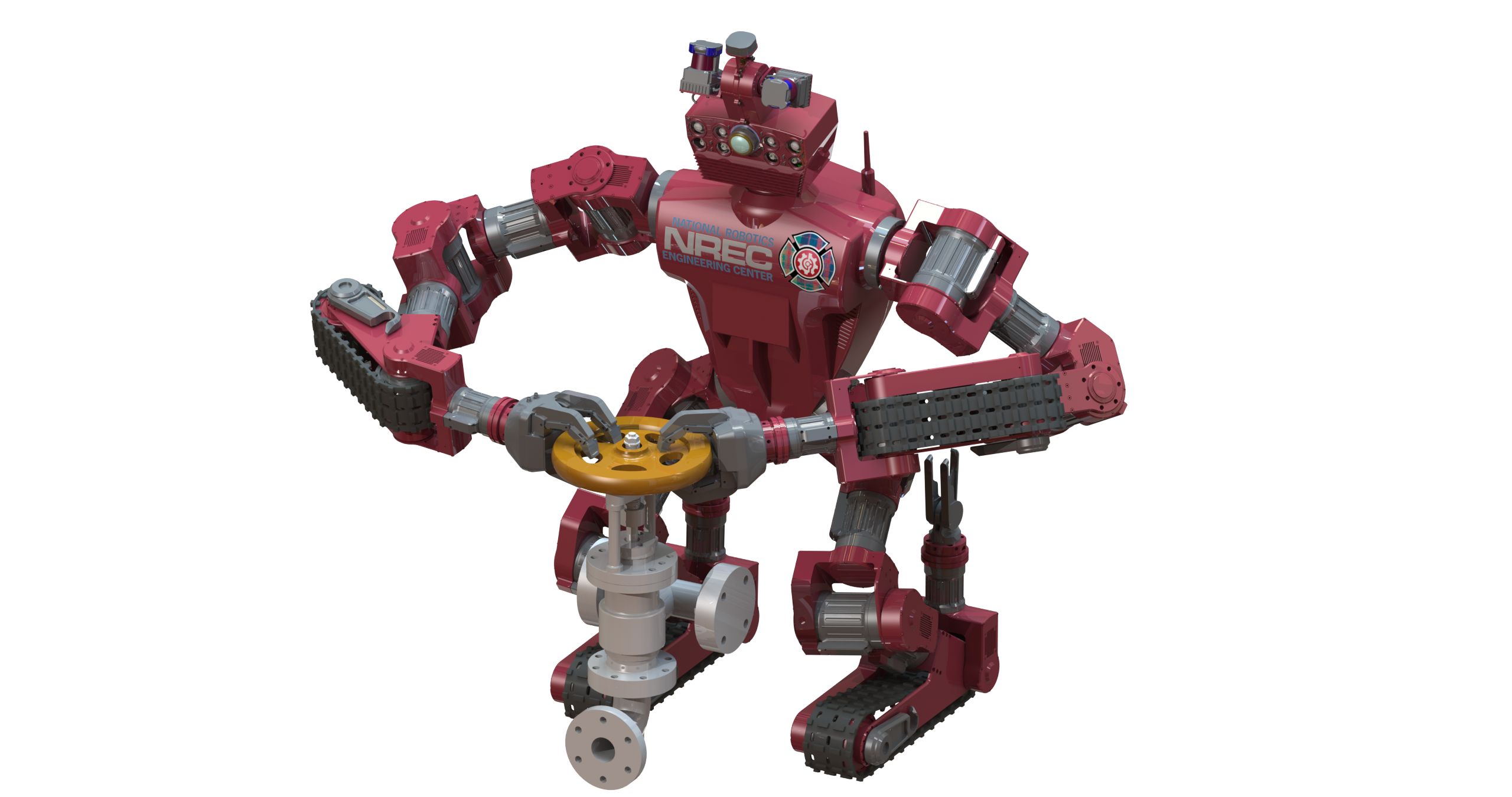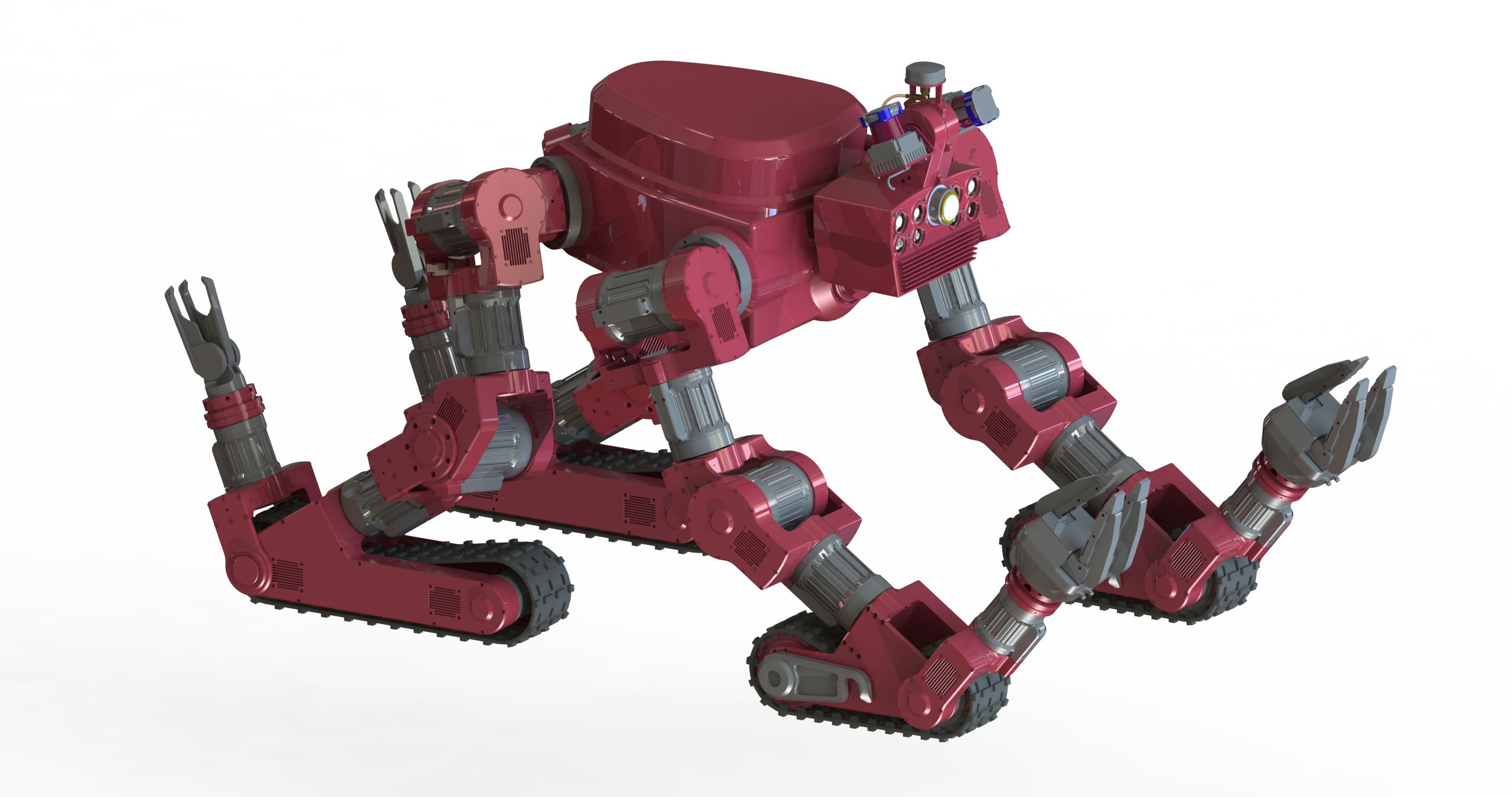CHIMP, which is an abbreviation for CMU Highly Intelligent Mobile Platform, is a human size robot being built by Carnegie Mellon University, Tartan Rescue Team. The robot is made to compete in the Defense Advanced Research Projects Agency’s (DARPA) Robotics Challenge (DRC). DRC is a competition that will test competing robots’ human-like abilities, such as, driving a vehicle on site, traveling on rubble, removing debris which blocks an entryway, opening a door and entering building, using tools, climbing ladders, replace a malfunctioning device on site and more…

CHIMP, which resembles an ape, is human-like in terms of its strength and dexterity, and has tank-like tracks, which enables it to move easily in different uneven surfaces. The robot can also maneuver with only two limbs while one or both of the other limbs are working on different tools.

The robot will be able to act autonomously, but it will also have a remote control mode. The control will be through an immersive interface (immersing the controlling supervisor into the environment by virtual reality) and in multiple modes. The robot will be able to achieve stability and avoid collisions and damaging itself or humans around, by its on-board intelligence. It will also be possible to pre-program the robot for a variety of tasks. The main reason to prefer treads of a tank to walking limbs was to lower the dependence on computer processing and power source in order to stand stable. The adaptable joints of the robot will broaden the environment that it can be used. In order to know its location, CHIMP uses its sensors on-board which creates a 3-D map of its environment. Each extremity of the robot is able to grasp objects.

Source: www.tartanrescue.org

You must be logged in to post a comment Login